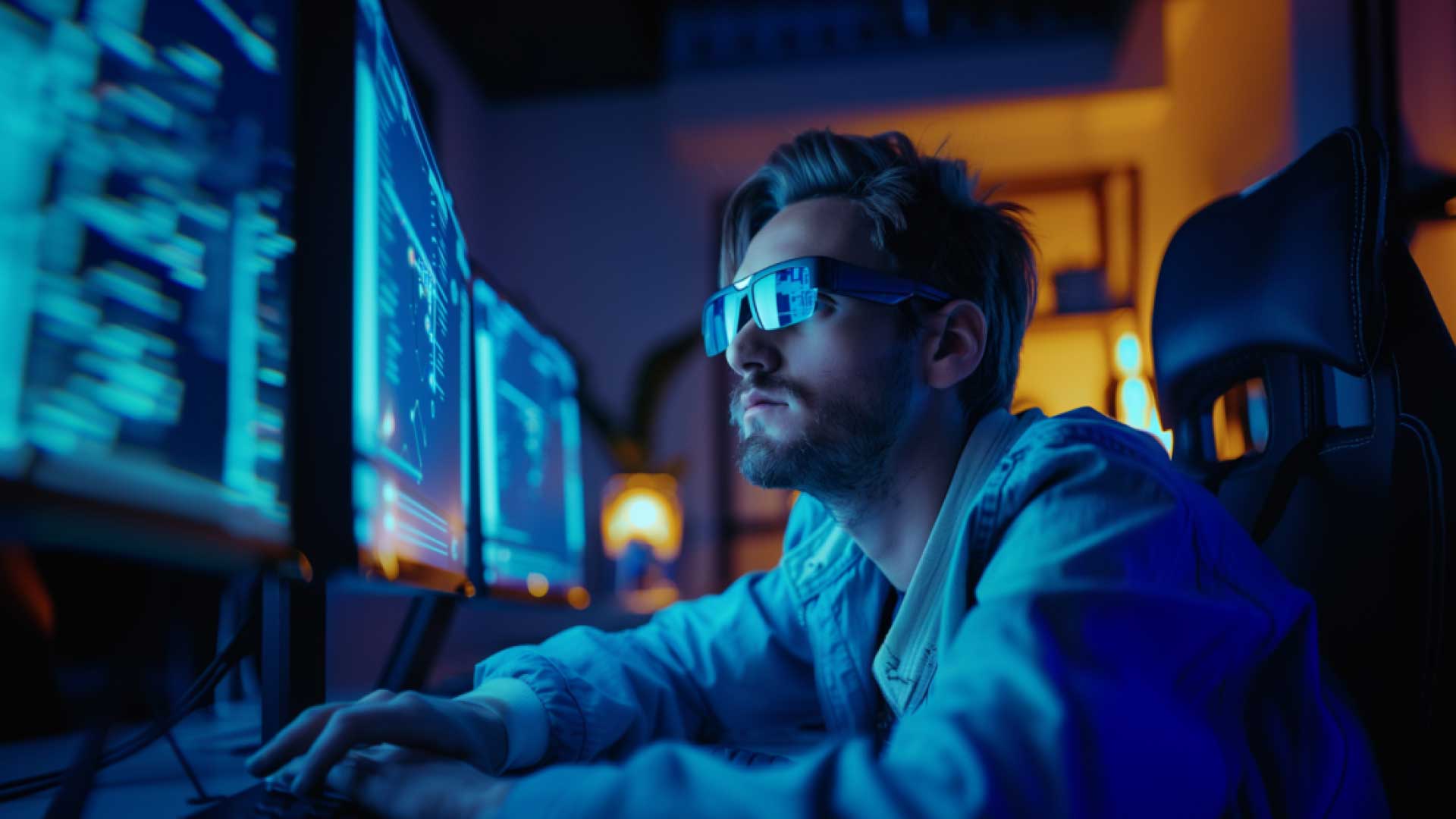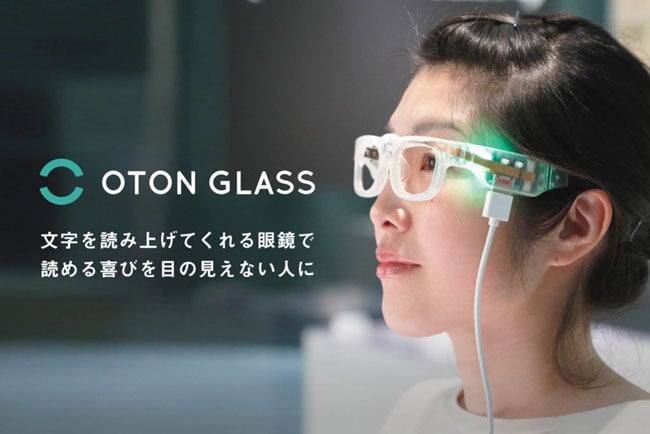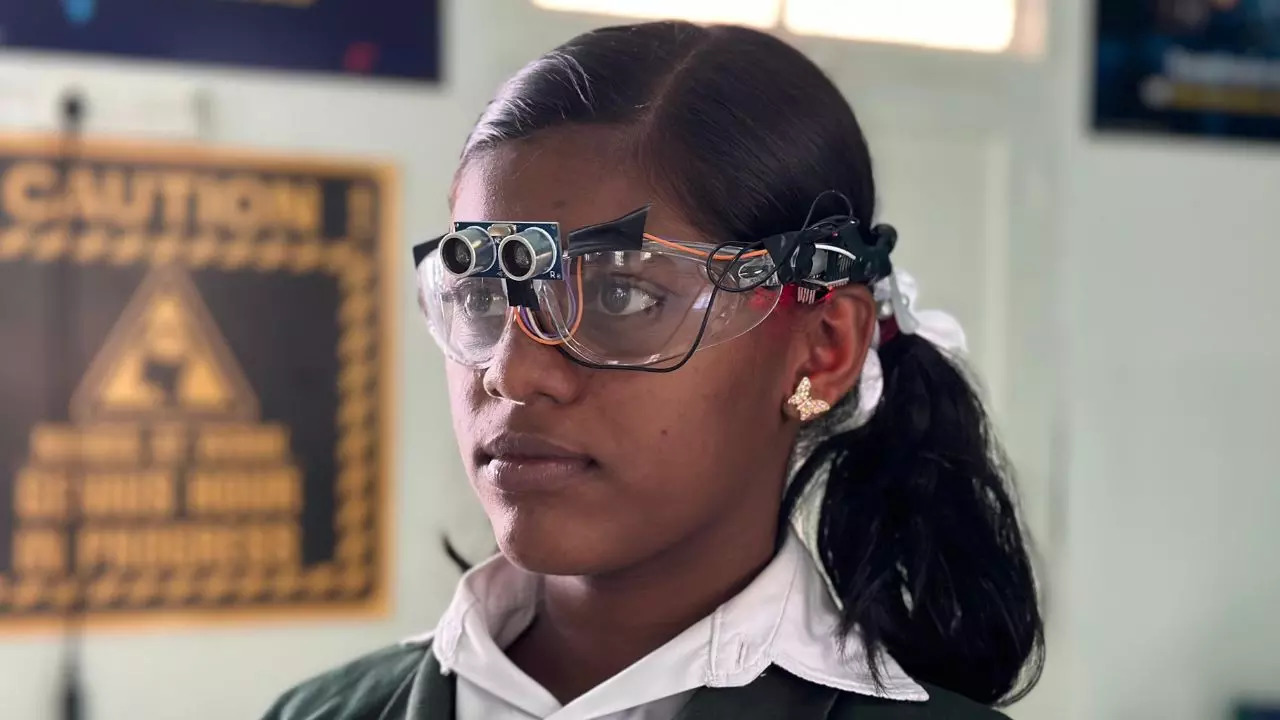Enhancing Accessibility With Assistive Innovation for the Blind
The assimilation of assistive technology for the blind stands for a crucial improvement in availability, fundamentally altering exactly how individuals browse their atmospheres and involve with society. From display visitors to cutting-edge smart walking sticks, these tools not just boost freedom however additionally promote inclusivity in numerous balls of life. As we explore the varied types of assistive gadgets and their concrete effects on daily living, it ends up being necessary to take a look at how continuous technological developments are reshaping the landscape of support for the blind community. What effects do these advancements hold for the future of ease of access?
Summary of Assistive Technology
Assistive modern technology refers to a variety of gadgets and software made to enhance the capacities of individuals with handicaps, including those that are blind or visually damaged. This modern technology plays a vital role in advertising self-reliance and improving the lifestyle for customers. By offering different methods for accessing info and doing day-to-day tasks, assistive innovation equips people to browse their settings better.
The development and application of assistive modern technology embrace a range of concepts targeted at fostering availability. These concepts include user-centered design, which prioritizes the demands and choices of the individual, and the integration of innovation right into day-to-day activities. Such developments make sure that assistive tools are not just functional but likewise instinctive and very easy to utilize.
Moreover, assistive modern technology incorporates a varied range of solutions, from low-tech options like magnifiers to modern advancements such as display visitors and Braille display screens. The ongoing evolution of this area is driven by the demand to resolve the unique challenges faced by people with visual impairments (Wearable technology for low vision). As technology proceeds to advancement, the capacity for enhancing ease of access and promoting inclusivity remains promising, ultimately adding to an extra equitable society

Sorts Of Assistive Devices
Many kinds of assistive devices are available to support people that are blind or visually impaired, each created to resolve specific requirements and obstacles. These tools can be broadly categorized into three primary kinds: low-tech, mid-tech, and sophisticated solutions.
Low-tech devices include products such as magnifiers, Braille labels, and tactile maps. These are reasonably simple devices that improve the customer's capacity to connect with their environment without requiring complex technology.
Mid-tech tools often involve more advanced attributes, such as digital magnifiers and mobile Braille note-takers. These devices can offer functionalities like speech output, permitting customers to accessibility info a lot more effectively.

Influence On Daily Living
The accessibility of different assistive gadgets substantially improves the top quality of life for people that are blind or aesthetically impaired, impacting their daily living in profound means. By incorporating modern technologies such as display viewers, Braille displays, and audio description services right into their regimens, individuals get higher autonomy and independence. These tools facilitate accessibility to details, allowing individuals to carry out everyday jobs, such as reviewing emails, navigating public spaces, and enjoying media web content.
Additionally, assistive gadgets empower individuals to involve more whats an eye doctor called fully in social communications and area activities. The ability to make use of smart devices furnished with ease of access features enables seamless interaction and connection with others. This connectivity cultivates a sense of belonging and reduces sensations of isolation.
In professional setups, assistive innovation supports performance by enabling individuals to full work jobs effectively. Tools like voice acknowledgment software and specialized magnifying gadgets enable customers to take part in the labor force on equal ground with their sighted peers.

Improvements in Innovation
Current technological developments have significantly transformed the landscape of devices readily available for people who are aesthetically damaged or blind. The combination of expert system (AI) and machine learning has actually provided increase to applications that enhance navigating and things recognition. As an example, smartphone applications can now his comment is here utilize AI to identify and define environments in real-time, supplying individuals with valuable contextual details.
Additionally, innovations in haptic innovation have actually caused the development of clever walking sticks equipped with sensing units that spot barriers and supply tactile comments. This empowers customers to navigate their atmosphere with raised self-confidence and independence. Innovations in text-to-speech software application and braille displays have boosted the ease of access of electronic content, enabling for smooth interaction with different media.
Wearable technologies, such as smart glasses, are likewise making strides in helping aesthetic problems. As technology continues to develop, the capacity for also more transformative devices continues to be on the perspective.
Future Trends and Innovations
As modern technology swiftly advances, the future of assistive devices for people who are blind holds tremendous pledge. Developments in expert system (AI) and device learning are positioned to transform the means blind individuals interact with their settings. AI-driven applications their explanation are being developed to improve object acknowledgment, allowing individuals to recognize and navigate their environments with greater ease and accuracy.
Additionally, innovations in haptic comments modern technology are enabling the production of tactile maps and navigation help that provide real-time info via touch. These developments not just enhance movement however additionally foster independence. Furthermore, wearable tools geared up with enhanced fact (AR) features are emerging, using users visual info via sound descriptions, therefore connecting the void in between the digital and physical worlds.
Moreover, the assimilation of smart home innovation provides brand-new opportunities for ease of access, enabling people to regulate their living settings through voice commands or smartphone applications. As partnership in between technology programmers and the blind neighborhood continues, the concentrate on user-centered layout will ensure that future developments are customized to fulfill the unique demands of this populace (Wearable technology for low vision). The trajectory of assistive technology assures an extra empowering and inclusive future for individuals who are blind
Verdict
In final thought, assistive technology plays an essential role in boosting availability for individuals with aesthetic disabilities. Continuous developments in technology and user-centered layout make sure that these tools provide successfully to the distinct demands of the blind neighborhood.
The integration of assistive modern technology for the blind represents a pivotal innovation in availability, basically changing just how individuals navigate their environments and engage with culture.Assistive innovation refers to an array of devices and software application designed to boost the capabilities of individuals with handicaps, including those that are blind or visually impaired. Wearable technology for low vision.As modern technology rapidly advances, the future of assistive devices for people that are blind holds immense pledge. The trajectory of assistive modern technology promises a much more empowering and comprehensive future for people that are blind
In conclusion, assistive technology plays a vital duty in boosting accessibility for individuals with aesthetic impairments.